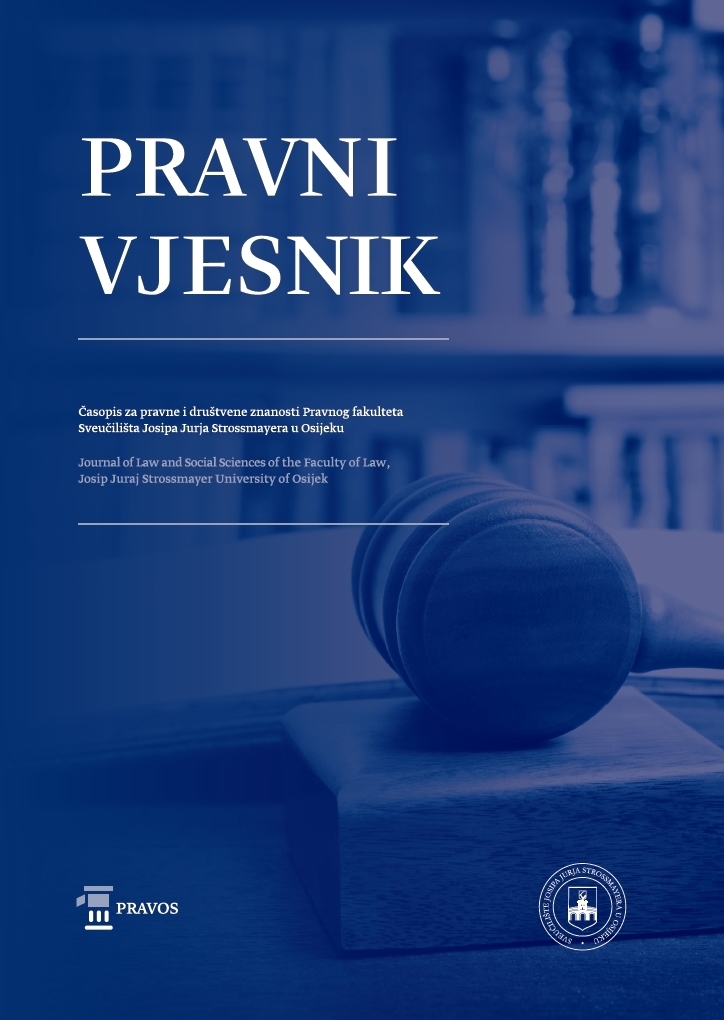THE PROTECTION OF THE DEBTOR IN LIGHT OF THE NOVELTIES IN ENFORCEMENT ON IMMOVABLE PROPERTY
DOI:
https://doi.org/10.25234/pv/5575Keywords:
Enforcement on immovable property, protection of the debtor, European Court of Human Rights, Act on Amendments to the Enforcement Law of 2017, procedureAbstract
The aim of the paper is to discuss and analyse the novelties introduced in the enforcement procedure on immovable property by the latest Amendments to the Enforcement Law, particularly in the context of the protection of the debtor and the immovable property in which he/ she resides, and the property necessary for satisfying his/her basic needs and those of the persons that he/she is legally obliged to support. In this context, the paper contains a summary of the historical genesis on regulation of the enforcement procedure on immovable property, particularly in relation to the protection of the debtor in the period from the adoption of the first Enforcement Law of 1996 until the Law of 2012. There follows the analysis and discussion on the Amendments to the Enforcement Law of 2014 in questions of the protection of the debtor and the immovable property in which he/she resides, and the property necessary for satisfying his/her basic needs and those of the persons he/she is legally obliged to support. The third part of the paper is an analysis of the recent decision of the European Court of Human Rights (hereinafter: the Court) in case Vaskrsić v. Slovenia, in which the Court - different from previous practice - decided on a violation of the right to peaceful enjoyment of the possessions, referred to in Article 1 of the Protocol No. 1 to the Convention for the Protection of Human Rights and Fundamental Freedoms, in the enforcement procedure. At the same time, the Court pointed out the need to apply the proportionality test in the enforcement procedure on immovable property as well. In continuation of the discussion of the case Vaskrsić v. Slovenia, the novelties introduced in the enforcement procedure on immovable property and the protection of the debtor by the latest Amendments to the Enforcement Law of 2017 have been analysed and discussed. The concluding part of the paper comprises a summary of the research results, the evaluation of the novelties introduced in the enforcement procedure on immovable property in relation to the protection of the debtor and the immovable property necessary for satisfying his/her basic needs, as well as the author’s consideration of the new legal objective of enforcement procedure.Downloads
Published
2017-12-21
Issue
Section
Orginal scientific article
License
Copyright (c) 2017 Slađana Aras Kramar

This work is licensed under a Creative Commons Attribution-NonCommercial 4.0 International License.
Authors retain the copyright on the papers published in the Journal, but grant the right of first publication to the Journal. Papers accepted for publication or already published in Pravni vjesnik of the Faculty of Law in Osijek may be published by the author(s) in other publications only with proper notice of its previous publication in Pravni vjesnik.






